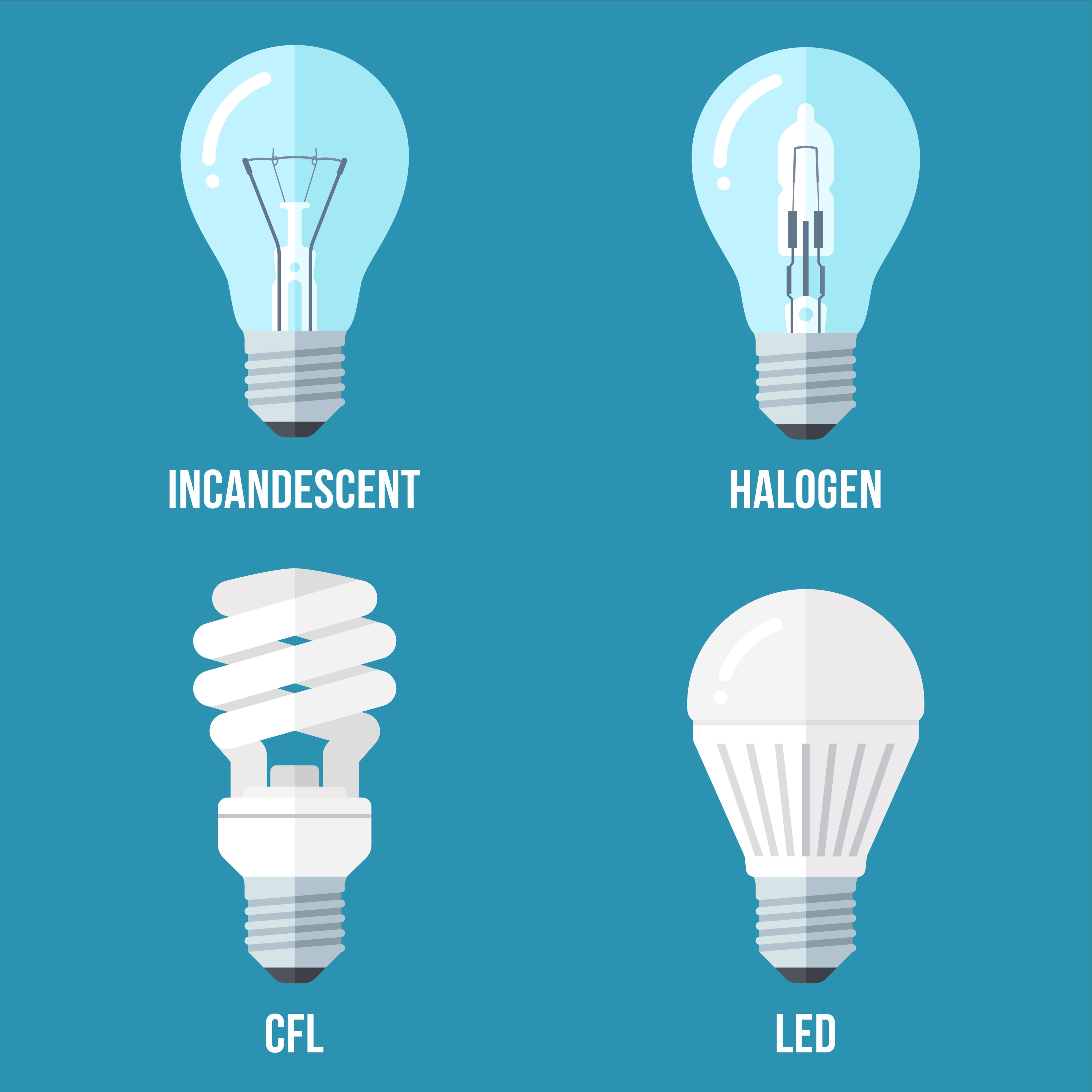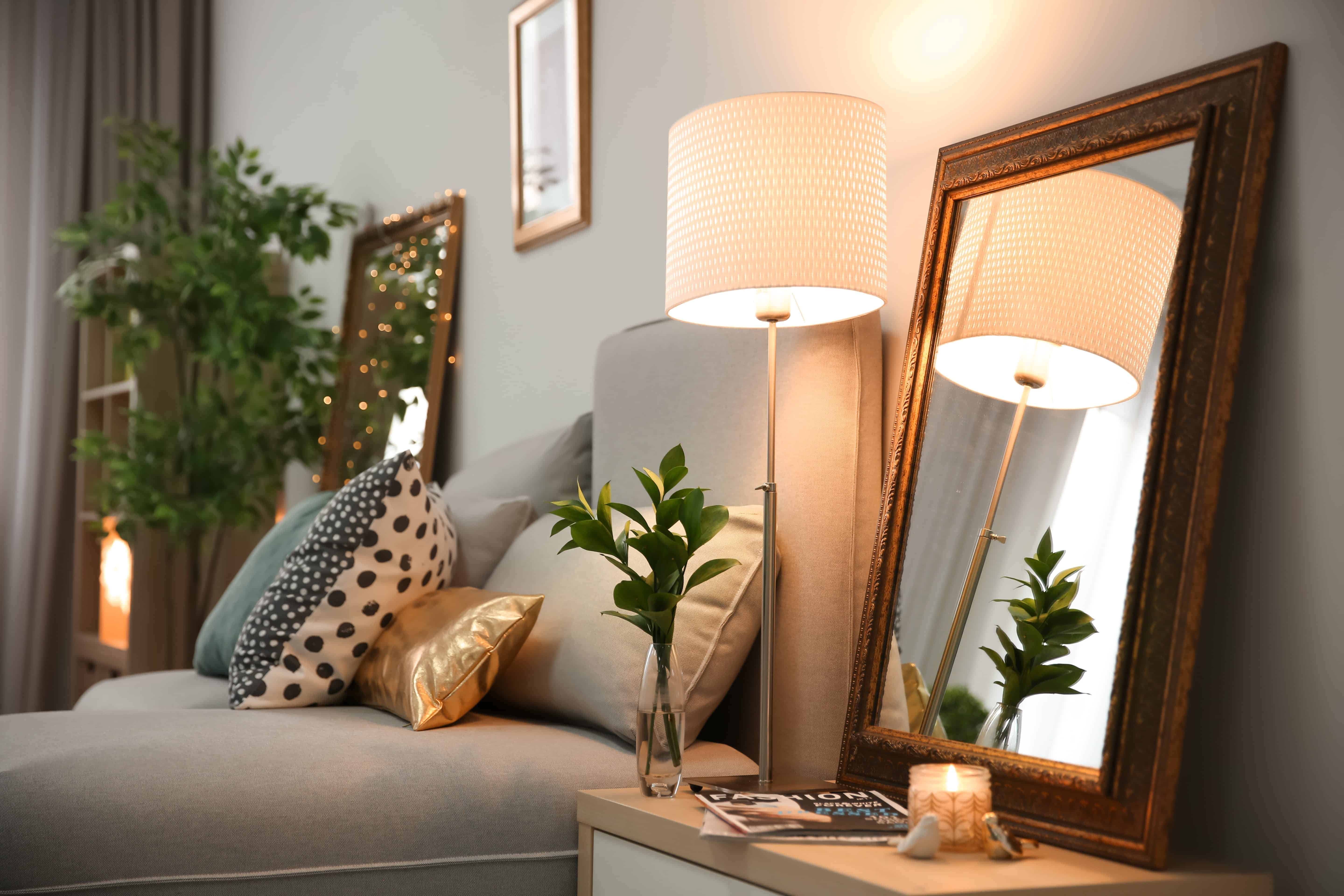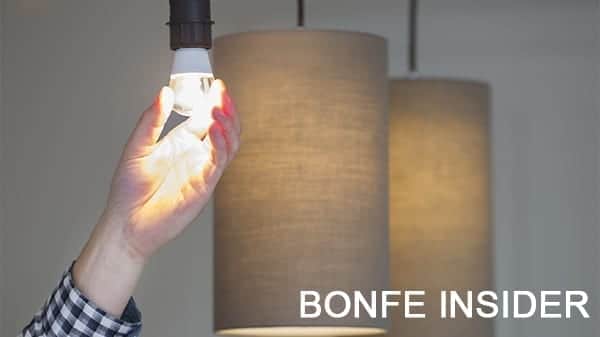Change your lights, change your mood: The best lighting options for a happier winter
Here’s a bright idea: Looking for a mood booster this winter – or all year-round?
The answer may be as simple as switching up your lighting.
A significant amount of research has drawn strong correlations between lighting and mood. A study in the National Institutes of Health (NID) found that “activating” lighting (bright, white lights) improved the mood of people who had been described as sad or depressed. And “cozy” lighting (subdued, warm, colored lights) was shown to reduce anxiety.*
Whether you’re decking the halls for the holidays or want to replace your year-round bulbs, it’s important to pick the right type of lighting. Not only can certain bulb choices affect your mood, they can also seriously affect your energy bills and your wallet.
Read on for a quick rundown of the safest, most efficient lighting options so you can choose the one that will brighten your spirit and your bank account.
First, let’s talk about the different types of common light bulbs:
Incandescent Light Bulbs
Traditional incandescent light bulbs dominated the light bulb market for decades and are still in use in many homes.
Pros:
- Inexpensive
- Easy to find
- Often have appealing soft, warm light (this falls into the “anxiety reducing” category described above)
Cons:
- Get very hot (these types of bulbs are the reason Easy Bake Oven® toys work!)
- Expensive to run; use a lot of energy
- Less efficient – typically 15 lumens per watt, which is a fraction of CFL and LED bulbs
- Have a short life span and need to be replaced often.

Compact Fluorescent (CFL) Light Bulbs:
Fluorescent light bulbs were designed as a lower-energy alternative to traditional incandescent bulbs. Standard fluorescent light bulbs come in tubes (think of the lighting you might have behind a semi-transparent drop ceiling) but compact fluorescent bulbs are designed for lamps and overhead fixtures.
Pros:
- Approximately four times as efficient as incandescent bulbs
- Last up to 15 times longer than incandescent bulbs
Cons:
- Contain mercury, which makes disposal more complicated
- More expensive than incandescent bulbs
Halogen Light Bulbs
Halogen light bulbs are commonly used for automobile headlights, security flood lights, and other places where high usage and longevity matter. Halogen bulbs are often used in “puck lights” typically found in kitchens where they are mounted underneath cabinets.
Pros:
- Don’t need to be replaced as often as incandescent bulbs
Cons:
- While not as hot as incandescent bulbs, halogen light bulbs still emit quite a bit of heat and can potentially be fire hazards if used in the wrong application
- Can take time to get to full brightness after being turned on
LED Light Bulbs
While they’ve been around since the 1960s, LED light bulb use exploded over the past decade as designs and styles became available for lamps and lighting fixtures. LEDs are poised to dominate the light bulb market in the future.
Pros:
- More than ten times as efficient as incandescent bulbs
- Come to brightness immediately with no warm-up time
- Emit little-to-no heat
- Significant longevity compared to other bulbs
- Are available to work with dimmer switches
- Have the potential to produce extremely clean, light, bright, white light that would fall into the “elevating sadness and depression” category described above
- Come in a variety of tones so you can select how cold/warm you want the light to appear
Cons:
- Expensive up-front investment
- Not all LED bulbs are compatible with all lamps/applications
Fun fact: If you have a dimmer switch that you’ve previously used with incandescent light bulbs and want to make the switch to LED light bulbs, you’ll need to have an electrician change out the dimmer switch to work with the new LED bulbs.

Which lighting is best for me?
The short answer: For both holiday lighting and general home lighting, LEDs are a solid choice if they’re in your budget. While you’ll pay more up front for the bulbs, the investment can pay for itself via longevity and efficiency since you won’t have to buy new ones as often and your electric bill won’t take as big of a hit.
LED bulbs are also a safer choice for use on trees and home lighting since they don’t emit much warmth and have a significantly lower fire risk than other bulbs – particularly incandescent bulbs.
You may associate LED bulbs with the extremely white, bright light they’re known for, but LED bulbs have evolved into different lighting spectrums that can accommodate both the “activating” and “cozy” mood effects described in the NIH study.
Many holiday decorations come pre-lit with LED lights because these bulbs are so versatile and low-risk. LED lights come in a variety of colors and can often be pre-programmed to “twinkle.”
The cost of LED lights has lowered significantly over the past couple of years and will likely continue to go down as supply meets demand and they become the default choice.
Regardless of which lighting option you choose, it’s important to install the lights correctly and ensure that your panel is up to the task. Old electrical panels and outdated or damaged wiring don’t take well to upgrades, so if you live in an older home or haven’t had your electrical system inspected in a while, please do yourself the favor of calling in an expert who can take a look – and help you with any installation. The highly trained technicians at Bonfe are happy to help.
Wishing you and your family a safe, bright holiday season.
*Depression and anxiety are clinical conditions and lighting choices are not a substitute for individual mental health care. We hope lighting can make a difference in your mood, but if you’re feeling depressed or anxious, please seek professional care. We care about you and you deserve to feel better.

